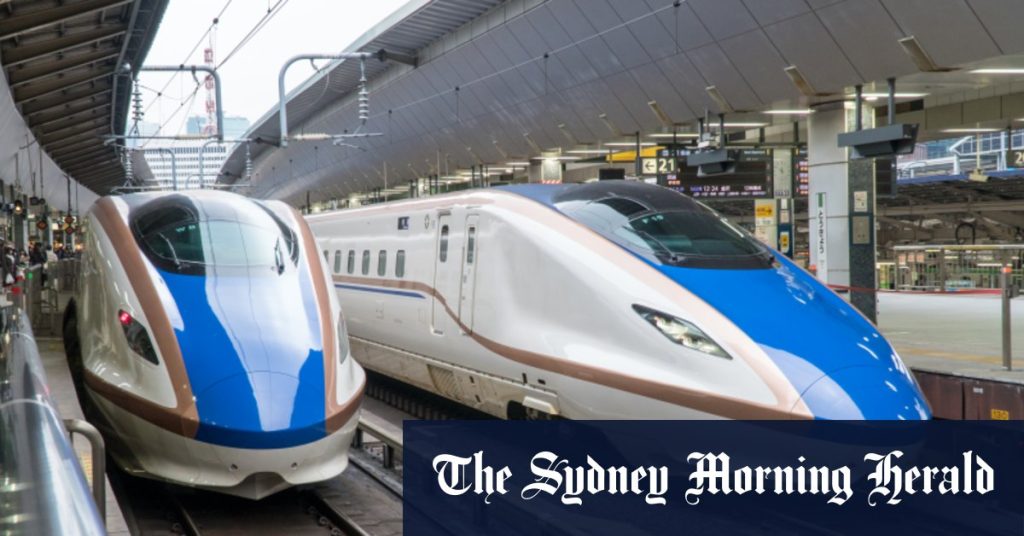High-Speed Rail Advocate, Thomas Parker, is calling for the construction of an initial high-speed rail line in Australia to prove its value and make it easier to approve subsequent sections to Canberra, Melbourne, and Brisbane. While planning for the Victorian end of the route is still in its early stages, Parker believes the line should start at Southern Cross Station in Melbourne and stop at Melbourne Airport, Shepparton, and Albury on the NSW border. He also suggests a possible link to Geelong. Parker emphasizes the economic benefits of even a shorter segment, such as terminating at Shepparton, for both Melbourne and the region.
Parker’s push for a high-speed link from Southern Cross to Melbourne Airport comes at a time when uncertainty surrounds the long-awaited train line to the airport. Although the airport management agreed to an above-ground station rather than an underground one in July, this decision has led to delays in the project, pushing back the opening date from 2029 to 2033. Both the state and commonwealth governments have committed $5 billion each to the project, which is estimated to cost at least $13 billion. Parker highlights the advantages of fast trains in providing easier connectivity to the airport and regional Victoria for residents and tourists.
High-speed rail has the potential to alleviate housing pressures in Sydney and Melbourne by opening up regional areas for new housing development, according to Parker. Drawing on Spain as an example, Parker underscores the possibilities of people living in smaller towns and commuting to larger cities when high-speed rail infrastructure is in place. Spain has constructed significant high-speed rail networks since 1992, which has facilitated commuting between small towns and major cities. As one of the world’s busiest air routes, with close to 8 million passengers annually, the Sydney-Melbourne corridor stands to benefit from a high-speed rail alternative.
The comparison between the costs of high-speed rail and other infrastructure projects, such as widening major freeways, addressing road congestion, and combating pollution from road and air travel, is crucial, according to Parker. While a 2013 federal government study estimated the cost of a Brisbane-to-Melbourne high-speed rail network at close to $114 billion, Parker argues that the benefits in terms of economic growth, connectivity, and environmental sustainability need to be weighed against these costs. He emphasizes the potential shift of at least half of the 8 million passengers on the Sydney-Melbourne air route to high-speed rail, given the time and convenience advantages of rail travel over air travel.
The Allan government in Victoria has expressed its support for high-speed rail planning efforts by the Commonwealth and collaboration on future proposals. Despite the existence of private proposals for a dedicated train line between Southern Cross and Melbourne Airport, the government has decided to pursue its own airport connection from Sunshine, with services running through the CBD in the new Metro Tunnel. Additionally, Melbourne Airport is slated to be the final stop on the Suburban Rail Loop’s east and north segments, which is expected to be completed by 2053. The government’s commitment to infrastructure projects that enhance connectivity and public transportation indicates a willingness to explore high-speed rail opportunities in the region.


